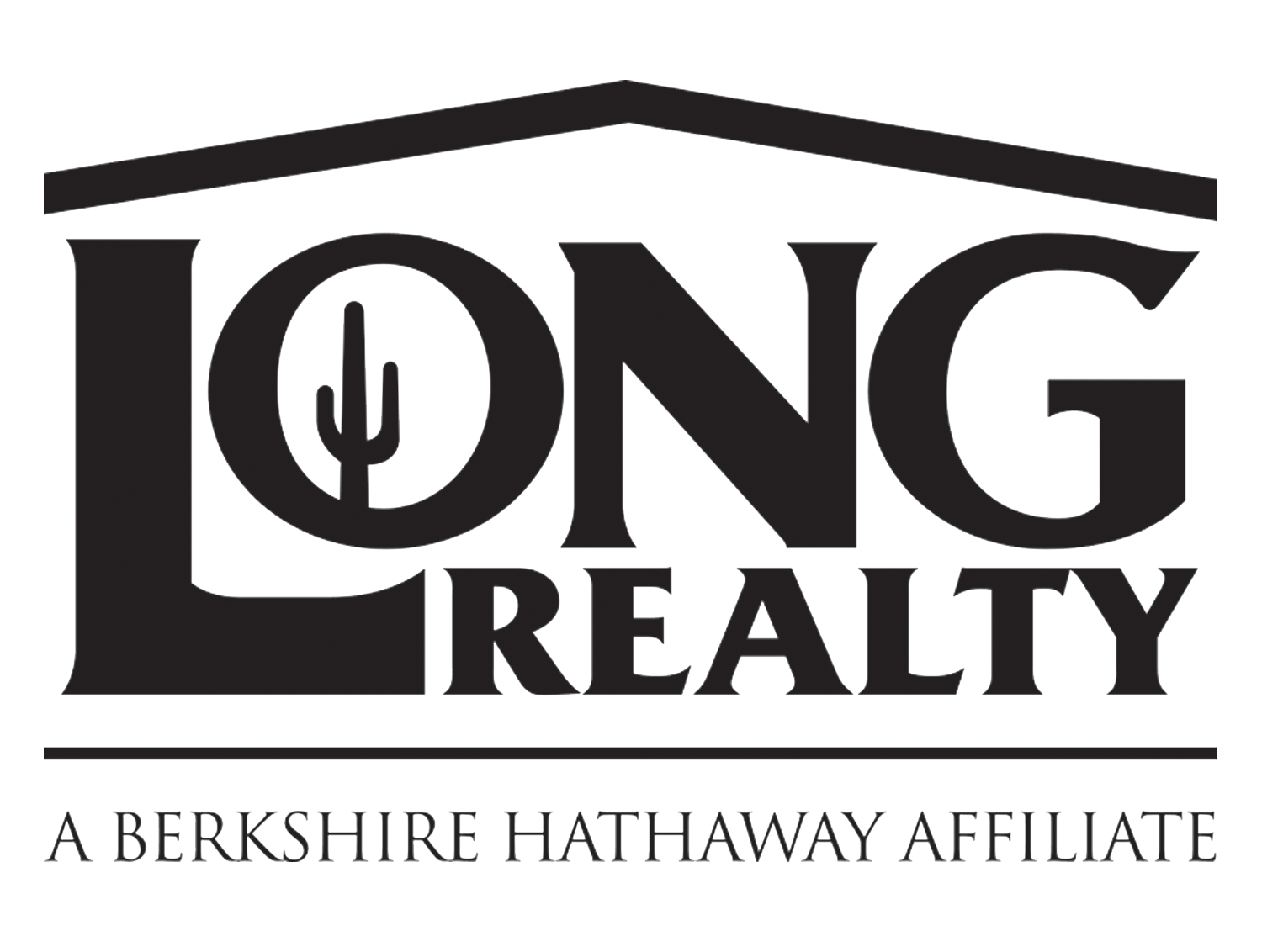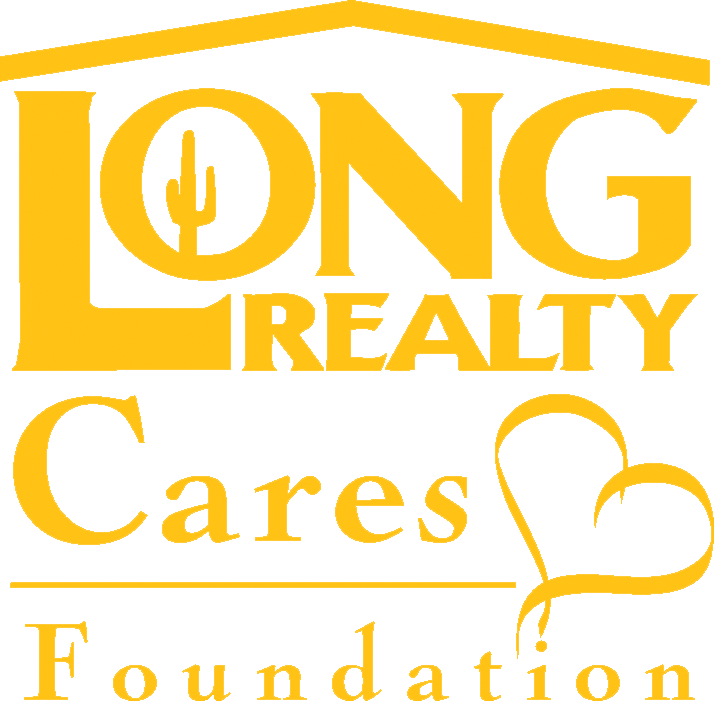A type of reflective insulation, radiant barriers reduce the radiation of heat to or from a surface material. Most of these products are foil based and substantially reduce radiant heat transfer by up to 97%. Many radiant barrier products are formed from two sides of material (at least one of which is commonly an aluminum foil which must be placed facing outwards) with a foam or plastic bubble material in between which provides some reduction in convective heat transfer as well. These products are quite effective in warmer climates and have many other advantageous qualities such as: acting as a vapor barrier, taking up less space than bulk insulation, are non-toxic, will not mold or mildew, and will not change thermal performance over time. However the cost associated can be relatively higher than bulk insulation and because this type of insulation doesn’t adequately address conductive, and to an extent convective, thermal heat transfer it must be used in addition to other insulation.
Because of their costs you won’t find extensive use of these products in existing homes unless the original builder or homeowner was very energy conscious. Retro-fitting spaces is feasible depending upon a home’s structure and desired installation type, but again the issue becomes cost effectiveness. Research done by the Department of Energy in 1991 estimates real world energy cost reduction to be anywhere from 2% – 17% for a home. For a more extensive description of radiant barriers and their effectiveness we refer you to this Department of Energy radiant barrier information.








Connect With Us!